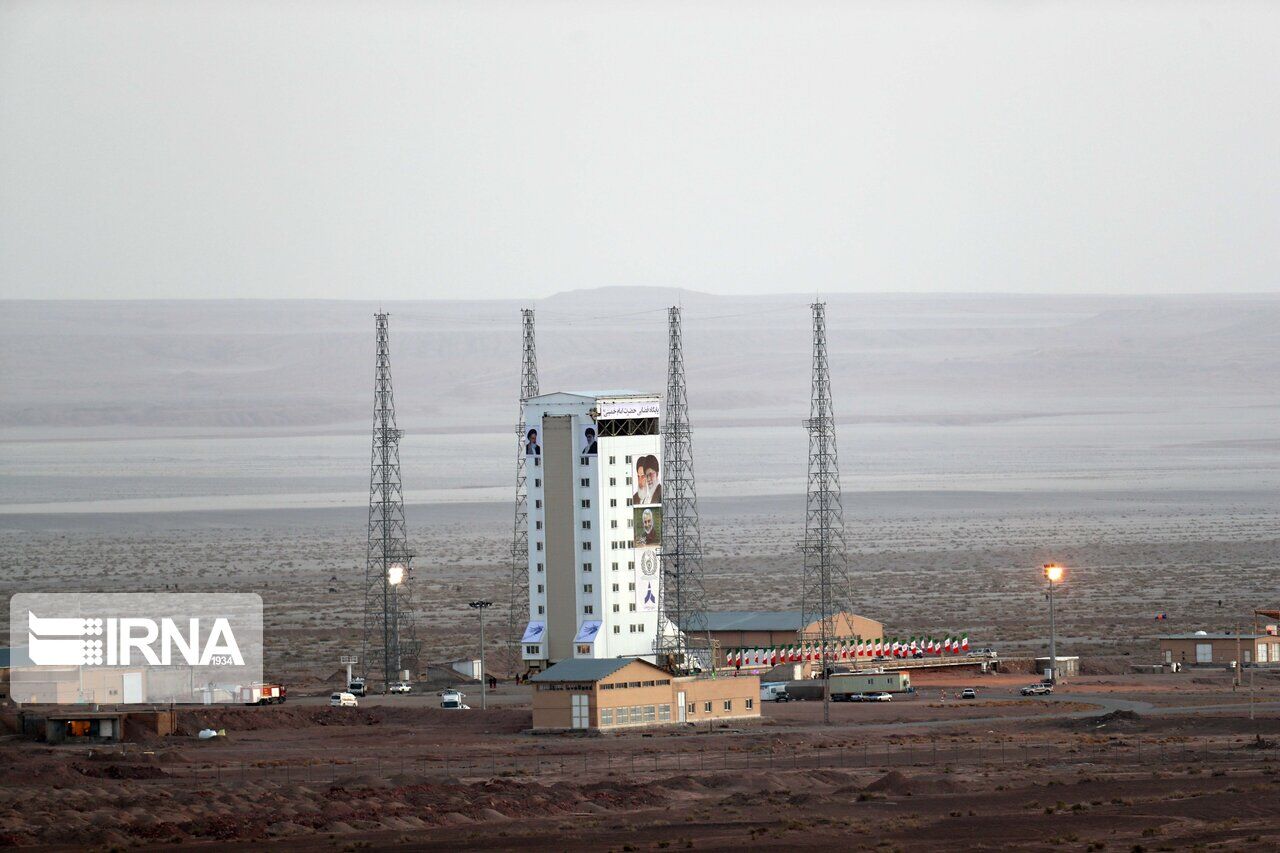
Iranian government officials admitted Sunday that an attempt to place a small Earth-imaging satellite into orbit was unsuccessful, the fourth consecutive launch failure for the country’s space program.
A Simorgh rocket launched at around 1545 GMT (10:45 a.m. EST) Sunday from the Imam Khomeini Spaceport, located in Semnan province in the north-central part of the country, according to Iranian government officials and state media sources.
But the Simorgh booster did not place its payload — an Earth observation satellite named Zafar 1 — into orbit as planned, according to Mohammad Javad Azari Jahromi, Iran’s minister of communications and information technology.
The failure Sunday of the Simorgh rocket, the larger of Iran’s two tested satellite launchers, marked the fourth straight Iranian mission that has failed to place a satellite into orbit since 2017. That does not include an accident in August in which a Safir rocket — Iran’s other orbital-class booster — appeared to explode during preparations on a launch pad at the Iranian spaceport.
In the aftermath of the Aug. 29 explosion, President Trump tweeted an image of the damaged launch pad, in which he denied U.S. involvement. The image was taken by a classified National Reconnaissance Office spy satellite.
Little is known publicly about the imaging capabilities of NRO surveillance satellites, but Trump’s tweet allowed comparisons between the image resolution of NRO spy satellites and commercial imaging platforms.
Iran’s satellite launch program has a mixed record.
The country placed its first satellite into orbit in 2009, then performed successful satellite launches in 2011, 2012 and 2015, all using Safir rockets. All three orbital launch attempts using the larger Simorgh rocket have failed.
Iranian government officials say the country’s space program is pursuing peaceful objectives, but U.S. officials argue the launchers used to put satellites into orbit could also be employed as long-range ballistic missiles.

The U.S. State Department announced sanctions on the Iran Space Agency and two affiliated research organizations in September, days after the launch pad explosion Aug. 29.
“The United States will not allow Iran to use its space launch program as cover to advance its ballistic missile programs,” Secretary of State Mike Pompeo said in a statement. “Iran’s August 29 attempt to launch a space launch vehicle underscores the urgency of the threat. These designations should serve as a warning to the international scientific community that collaborating with Iran’s space program could contribute to Tehran’s ability to develop a nuclear weapon delivery system.”
But independent analysts who observe Iran’s rocket program see limited utility in the country’s existing satellite launcher designs for military purposes.
“Iran’s Simorgh SLV (space launch vehicle) is technically similar to North Korea’s space launcher,” tweeted Jeffrey Lewis, an arms control expert at the Middlebury Institute of International Studies at Monterey, California. “When North Korea wanted built an ICBM, it chose a different engine that uses different propellants.”
The Simorgh and Safir rockets are liquid-fueled, which makes them more difficult to fire off quickly, limiting their military effectiveness.
Iran’s Mehr News Agency has reported Iran plans to launch a satellite on a solid-fueled booster as soon as this summer.
“A solid fuel (rocket) is a whole different kettle of fish,” Lewis tweeted.
The 249-pound (113-kilogram) Zafar 1 satellite was designed to take pictures of Earth from orbit to assist in mapping applications. The spacecraft was developed by Iranian scientists and was also intended to relay messages between users.
Azari Jahromi, Iran’s communications and information technology minister, tweeted Sunday that the launch of the Zafar 1 had failed.
“Like many scientific projects, failure happened,” Azari Jahromi tweeted. He listed a number of U.S. rockets that have had failures, including the Falcon 9, Juno 2, Atlas and Antares.
Azari Jahromi’s tweet also listed the Proton rocket as a U.S. vehicle that has suffered launch failures, but the Proton is a Russian launcher.
Today “Zafar” satellite launch failed. Like many scientific projects, Failure happened. FALCON 9, Juno II, ATLAS, PROTON M, ANTARES are just few samples of US launch failures.
But We’re UNSTOPPABLE! We have more Upcoming Great Iranian Satellites! 🛰— MJ Azari Jahromi (@azarijahromi) February 9, 2020
The Simorgh upper stage with the Zafar 1 satellite reached an altitude of roughly 335 miles (540 kilometers) but did not achieve the velocity needed to enter a stable orbit around Earth. Debris from the rocket and the satellite fell back to the ground, likely crashing in the Indian Ocean, according to Azari Jahromi.
A backup satellite named Zafar 2 could be ready for launch later this year, Iranian officials said.
Email the author.
Follow Stephen Clark on Twitter: @StephenClark1.



